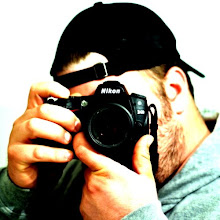
My reloading journey started 11 months ago, when I was given a Lee 50th Anniversary reloading kit by my mother-in-law as a Christmas Gift. I'd been working towards getting into reloading for some time, but had never got around to getting outfitted yet.
I started my foray into reloading with 9mm, as that's the caliber I get the most range time with. I've since developed several loads, using Blue Dot, Power Pistol, and Titegroup.

With .380 so difficult to find and expensive when you did find it last year, I decided that .380 would be a great way to save some serious money reloading. I've found, using recovered brass, that I can put together a box of 50 rounds of .380 for $5.84 in component cost. It's a great thing to not be held hostage to the poor selection and high prices of factory-loaded .380. If I need .380, I can simply load some up and have it ready whenever I need it. Not only that, but I've been able to tune my loads for accuracy, and am able to make groups I never thought possible out of my Ruger LCP.

Today was my first time reloading rifle cartridges. This is a somewhat more involved process than loading handgun rounds. Case lube is required for resizing, powder is manually funneled into each case in the loading tray (there is no expanding die to put the powder through with rifle rounds), and bullet seating is a little more tricky if you're not using boat-tail bullets.

I managed to get two sets of loads worked up, one as a standard 55 grain FMJ-BT plinking round, where I'm going strictly for accuracy. The other is a hog/deer hunting round, built with the Speer 70 grain Semi-Spitzer. I'll have to see how these run through the AR, as it has a 1:9 twist rate. From my reading on the subject, this may or may not be enough to stabilize a 70 grain bullet. The Speer website claims 1:10 or better is sufficient for stabilizing this bullet, so I think I should be good to go. We'll see when I try them out.
If all goes according to plan, I'm going to hit up the range tomorrow with the chrony in tow and see how these loads run. Hopefully, I'll have an update for you tomorrow night with the results.






